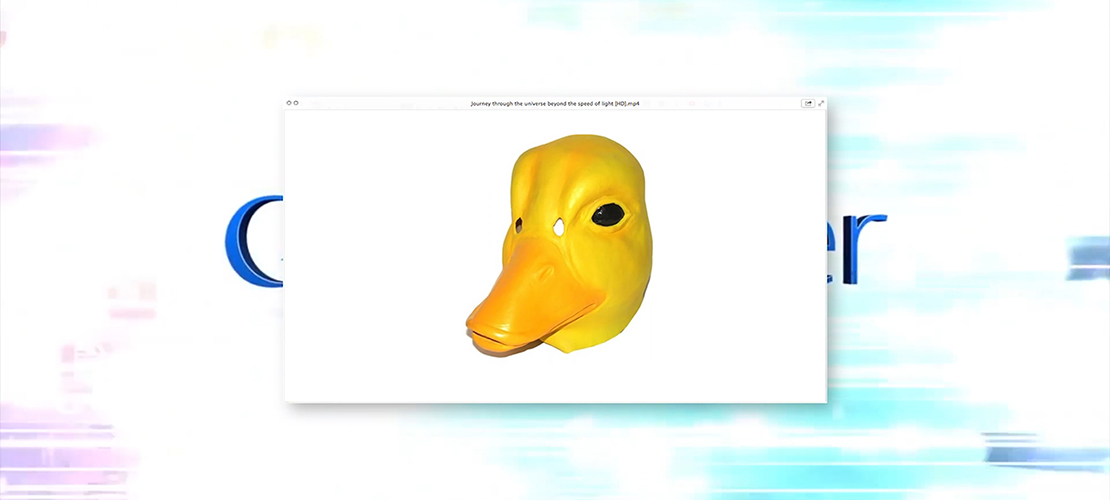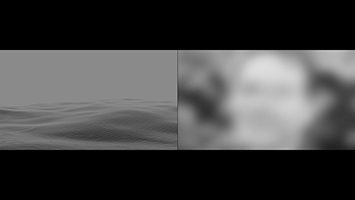

橡膠小鴨
Rubber Duck
2015,單頻錄像,7分23秒
Single-channel video, 7'23"
林子桓
LIN Tzu-Huan
台灣 1986年生於台灣台北,現於布魯克林生活與工作
Taiwan 1986 born in Taipei, Taiwan, now living and working in Brooklyn
在2013年9月,一隻巨大的橡膠鴨作品在台灣高雄展示,作者是荷蘭藝術家霍夫曼,而這隻橡膠鴨成功地吸引了390萬人次的參訪。霍夫曼的橡膠鴨是黃色小鴨的仿擬品,在此之後各種不同的仿擬品出現在中國。透過這個現象,藝術家去論述在網路時代各種版本物件的真實性。
《橡膠小鴨》是關於藝術與其原創性的作品。他提出了複製品可以創造出原作品的新面貌,亦提出了原創新的可能性。在數位時代,各種不同的版本存在於網路上並擁有各自的真實面。橡膠小鴨使用網路的語言,混搭、融合、重新視野、剪下和貼上解釋這個現象。作品化身為一個故事劇本敘說了小鴨及其相關挪用的網路影像,串之以故事及可能的背後意義。當影像被曲解或抽離他原初的位置時,因應著素材的特定組合與操作,可能形成不同的指涉和內容。而,今日的我們又該如何思考我們的所思所見。
In September of 2013, a huge rubber duck was displayed in Kaohsiung, Taiwan by a Dutch artist Florentijn Hofman. The rubber duck successfully attracted 3.9 million visits. The rubber duck of Hofman is the simulacrum of the yellow rubber duck. After that, all sorts of simulacra appeared in China. With this phenomenon, the artist engaged a discussion on the authenticity of objects of various versions in the Age of the Internet.
Rubber Duck is a work about art and its originality. The artist proposes that the replica can create a new appearance for the original work as well as the possibility of re-direction of originality. In the Digital Era, versions of all sorts exist on the Internet and possess the authentic aspects of their own. Rubber Duck employs the language online, mixing, blending, repositioning, and clipping and pasting to explain this phenomenon. The work is transformed into a story script to narrate the duck and the appropriated online images, stringing up stories and the possible meanings underneath, inquiring when images are misinterpreted or extracted from the original position, they may form different references and contents following the specific composition and manipulation of materials, and that how we should contemplate what we are pondering and seeing?





 HAHAHAHA_Vasilis Karvounis.mp4_snapshot_02.12_[2018.07.05_22.32.24]_s_s355.jpg)

